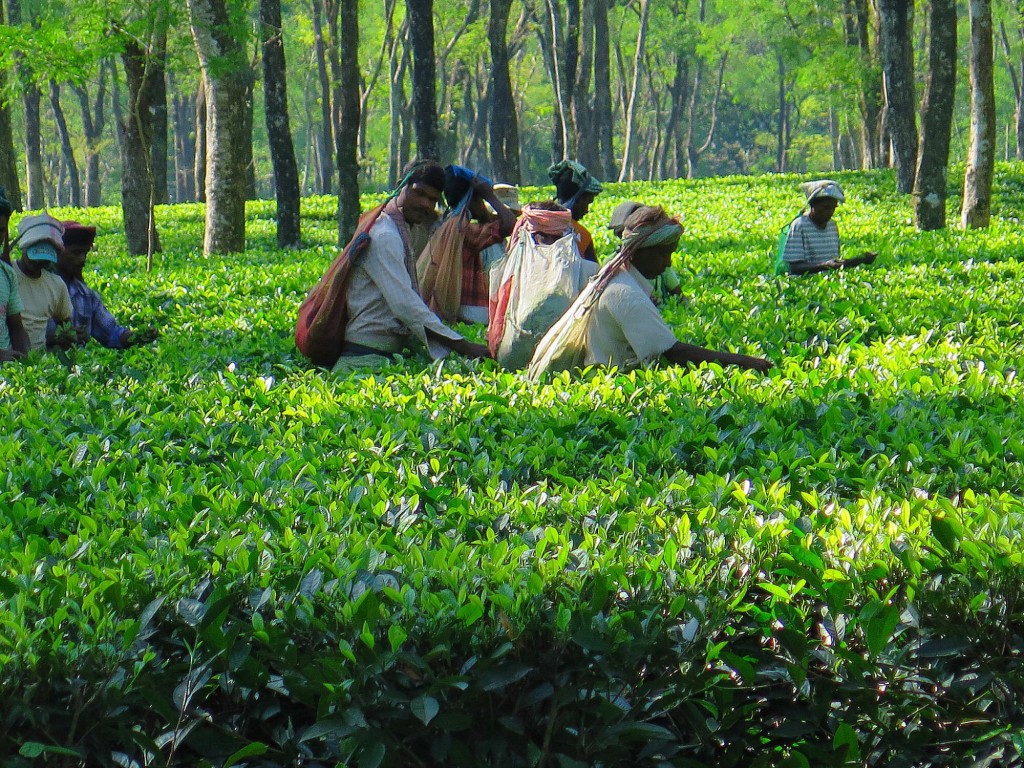
GUWAHATI, India — Beggars prowl the sidewalks of every city I’ve visited — American, Scandinavian, Arabian, Australian, Asian.
Still, there may be no more organized, encompassing, creative, and pathetic beggar culture in the world today than the one that operates in New Delhi, India’s capital.
With 25 million residents, New Delhi is the world’s second largest city behind Tokyo, according to the United Nations. Seven years ago Delhi’s Social Welfare Department reported that nearly 59,000 beggars roamed the city’s streets. More recent unofficial estimates puts the number at four times that figure or more.
By day, beggars work the city’s traffic-swarmed intersections in teams delineated by age, sex, physical infirmity, dress, and territory. At one corner beautiful little girls sweep through the traffic lanes, their eyes sad pools of practiced lamentation, beseeching drivers and passengers for coins. At another it’s little boys squirting through stopped traffic. Young mothers holding infants and wearing street-soiled saris of orange chiffon are common.
So are hijras, India’s transgender third sex. They are castrated men that dress and adorn themselves like women in makeup and jewelry. They shimmy and shake, bat their eyes, and extend large thick-veined hands, the grip of theatrical desperation.
When night descends, a different choreography unfolds. Beggar groups and families recede to their camps in parks, on the medians of busy boulevards, and underneath highway bridges. Mobile shelters made of tree limbs and plastic are erected. Cooking stoves are lit. Children are bathed and fed. Then Delhi’s dark places flicker on, one after another like a ground level constellation. The stars are the blue and white hues of tablet screens. Adults and children, sitting on blankets, gather in sizable circles to watch the digitized flames of their video campfires. TII. This Is India.
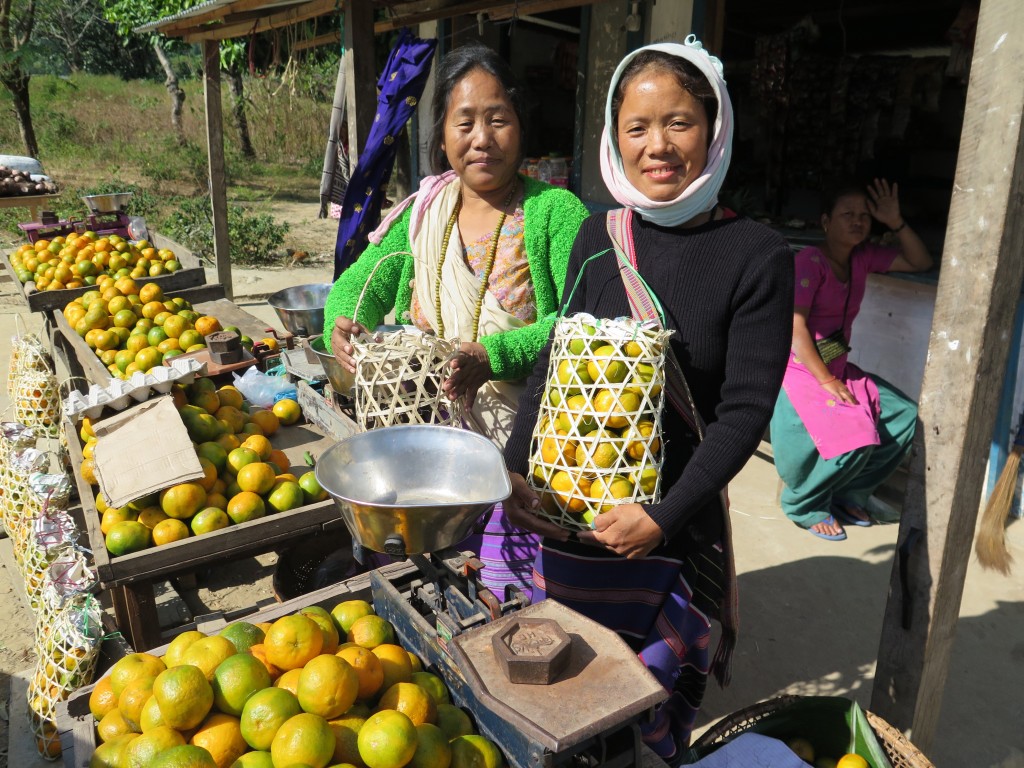
During 17 days spent in India — my fourth trip in two years — I noted other intriguing colors and distinctive textures that describe this great banquet of bedlam and paradox. I call it TII — This Is India. Enjoy.
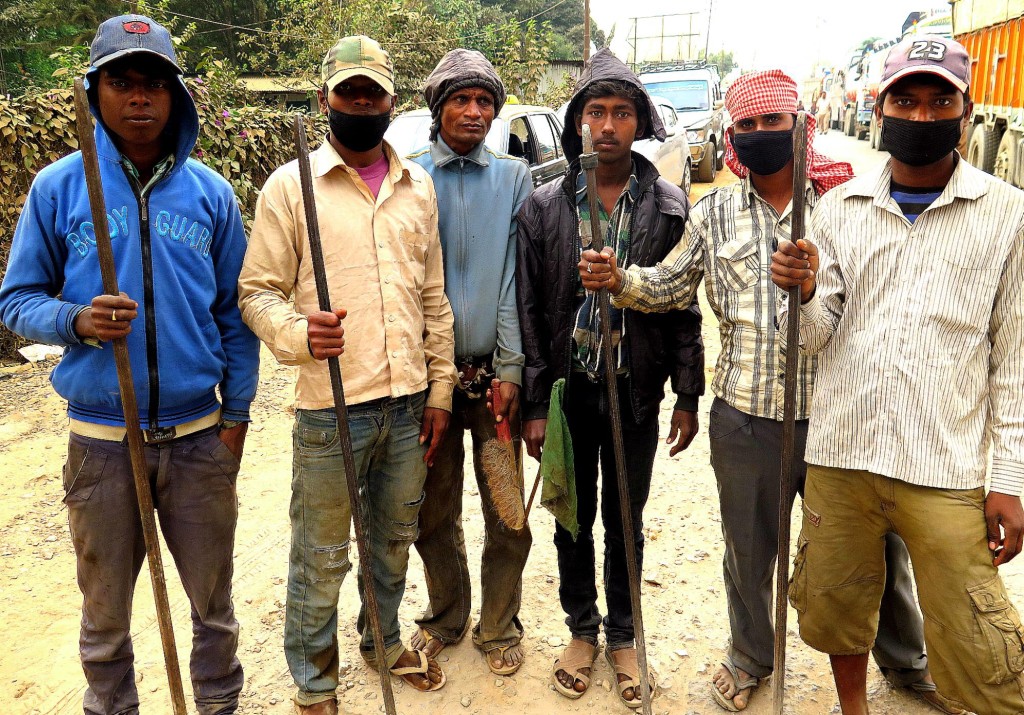
Things India has in abundance — beautiful women, handsome men, natural bounty, patience, intelligence, newspapers, tall mountains, human warmth, strong families, religious zeal, honking cars, traffic jams, cows, packed markets, corruption, insurgencies, litter, ingenuity, poverty, air pollution, water pollution, great food, good beer.
Things India has in short supply — toilet paper, good Internet, firm schedules, clean streets, hubris, ice cubes, expensive meals, deceit, effective government, electricity, good roads, hot water.
Swach Bharat, Clean India — Even in the most remote, least traveled, hard to penetrate places, India is a mess. Grimy. Worn. Polluted. Littered. Filthy. The country’s physical condition is now a significant impediment to development. Prime Minister Narendra Modi recognized the deteriorated nation that is now India and on October 2, Mahatma Gandhi’s birthday, launched a five-year $US 10 billion national cleanup project.
Modi’s initiative is producing early results. The trash bins in Delhi were not the usual center of spreading viral heaps of steaming garbage. The bins at the end of the block where I stayed were emptied almost daily. Guwahati, the capital of the Northeast India state of Assam, was startlingly trash free. A year ago, when I first visited, the city of nearly 2 million residents was an appalling frenzy of litter and trash. This year, squads of young men wielding paint brushes freshened the black and white striping of boulevard medians in anticipation of Modi’s four-day visit that ended on December 1.
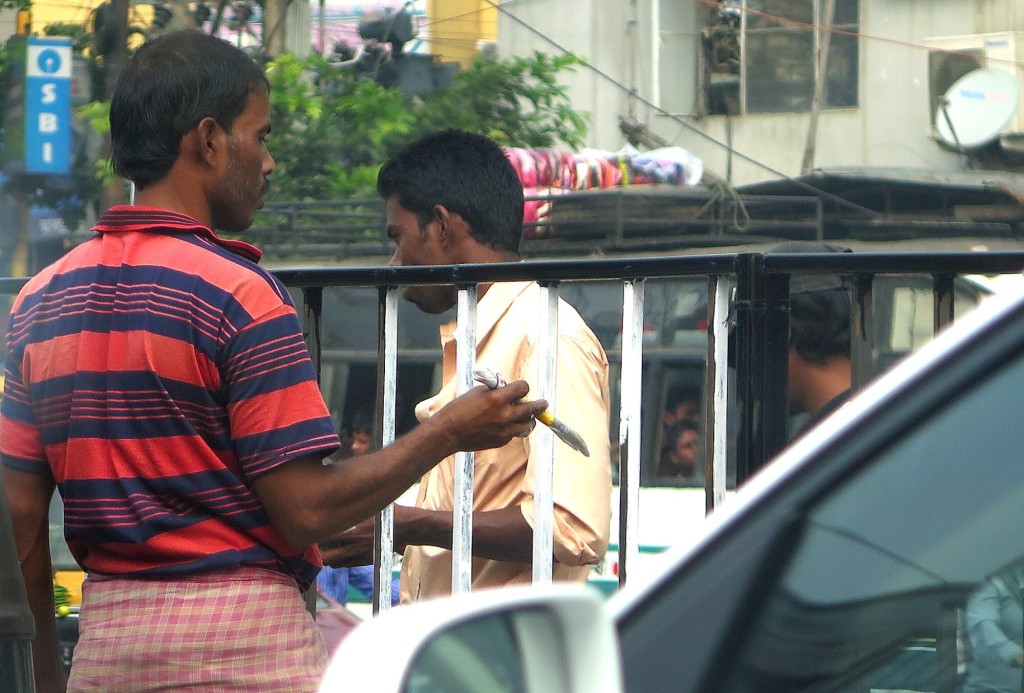
There is so much more to do before the campaign ends on October 2, 2019, Gandhi’s 150th birthday. The same zeal that accompanies the launch of Swach Bharat needs to apply to India’s black-bruised air, putrid water, degraded forests and ruined countryside. Environmental statutes are largely unenforced. Nor is there a cultural ethic of compliance. In pursuit of a purely 20th century concept of economic progress — big energy, big development, mega investment, mega industry — India is wrecking itself in the 21st. TII — This is India.
The delightful, energy efficient, water-conserving Indian shower —
Where hot water is available, generally from unreliable on-demand electric wall-mounted heaters, so is the Indian shower. It’s a few moments of righteous bliss to start the day, and ought to be widely embraced in the United States and the West. The tools are a big bucket and a dipping cup. Simple directions: Run warm water into the bucket. Dip cup into the water. Pour water over your head. It’s awesome. A gentle standup bath. Kind of a light early morning aerobic workout. Soap up. Shampoo. Shave. Rinse. And such efficient use of energy and water.
Building India’s Roads —
Highways are a rutted, fractured, muddy, and at times almost impassable mess in much of India, particularly in the rural and rainy north. The highway to Itanagar, capital of the northeastern Himalayan State of Arunachal Pradesh — the capital! — cut its treacherous way on an unpaved one-lane path between a vertical slope and the Pachin River 100 meters below. We navigated at the pace of a walk ruts as deep as a bucket, and mounds as tall as a truck tire. Higher in the mountains I closed my eyes as we crept across bridges nearly washed out by floods, dirt roads filled with boulders the size of ox carts, and paved roads without barriers that dropped 500 meters to rivers boiling in white water.
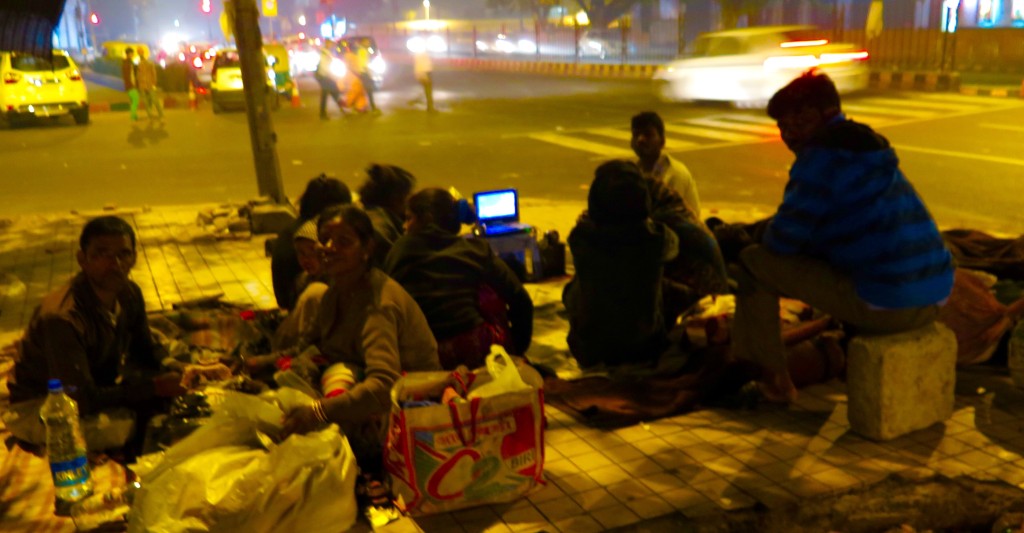
India’s road repair and construction campaign is episodic and slow. One reason is that it relies on hand labor. In the Jaintia Hills of Meghalaya teams of young men broke up old pavement by hand, spearing the fracturing blacktop with steel bars about the same length as a walking stick. Not far away, two other men squatted and brushed dust to the road edge with whisk brooms. In Assam, a third Northeast India state, 40 women duck-walked on the road edge, sweeping dust to the side in front of a mechanical paving machine.
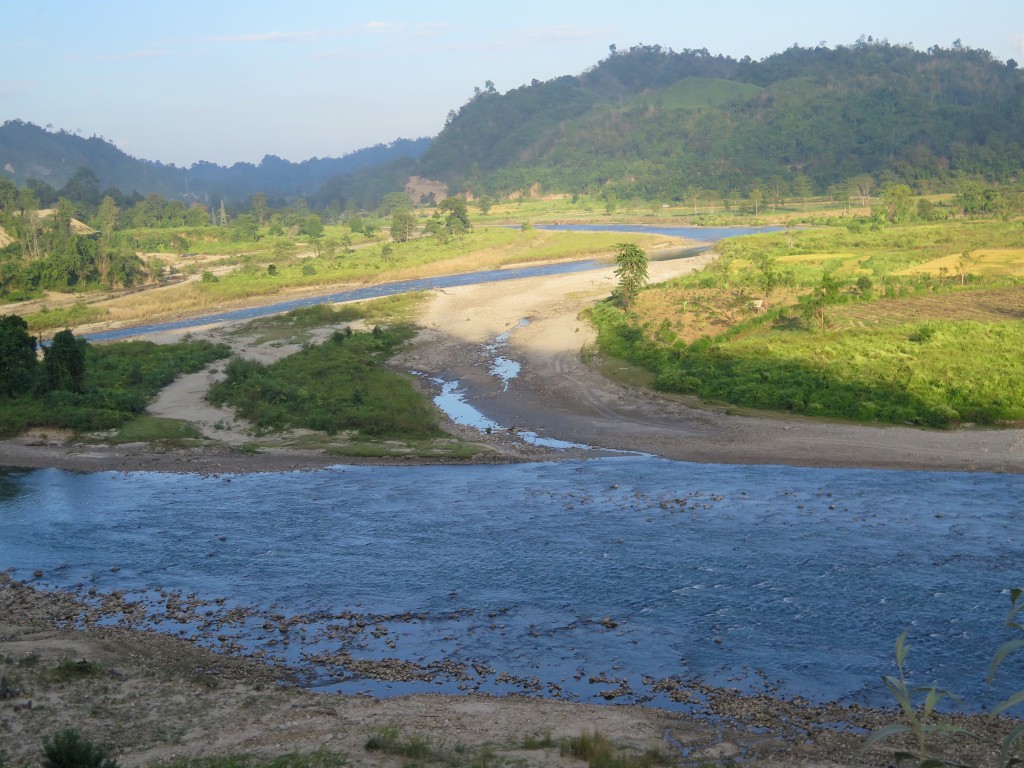
Maybe tomorrow —The first time I reported from India, two years ago, I found in the newspaper story of a leopard trapped in a water well a telling metaphor for India. The image of a powerful, determined big cat unable to jump out of a deep and slick water well seemed to fit this ambitious nation snared in political and industrial traps of its own making.
This trip I seized on a new metaphor.
Good WiFi is a rarity in India. Hotels market their fast connections. But the reality after checking in is often disappointing. In more than one hotel this trip the response to my pleas for WiFi that worked was this: “Maybe Tomorrow.” It’s such an apt description of this teeming country and its prospects.
TII — This Is India.
— Keith Schneider

Awesome article, Keith! Your words paint such a vivid and vibrant portrait, but still yet, I’d love to see more photos. Can you post more pix from India, please?
I loved the observations and the rhythm of the writing, keith. I began to look for photos and then realized the writing was like snapshots, it was the photos. If people in Indian and China want one tenth of all the commodities that we Americans take for granted, I fear the earth is doomed. Do you so any hope on that front? Energy? Pollution? GHG?
Anne, I just saw this comment. Thanks for checking the piece out. In response, as you’ll see from the latest post on ModeShift, India won’t get to that level of consumption. It isn’t generating nearly enough energy after 35 years of trying. China on the other hand is wrecking its air and water producing to meeet western-level consumption patterns. The Earth is far from doomed. We may be but the Earth has been through worse and as my reporting has shown, the Earth is kicking the snot out of humanity at the moment and it will get worse if we don’t adjust. See Earth Pushes Back here: http://www.circleofblue.org/waternews/2014/commentary/editorial-in-the-circle-fresh-focus/earth-pushes-back/